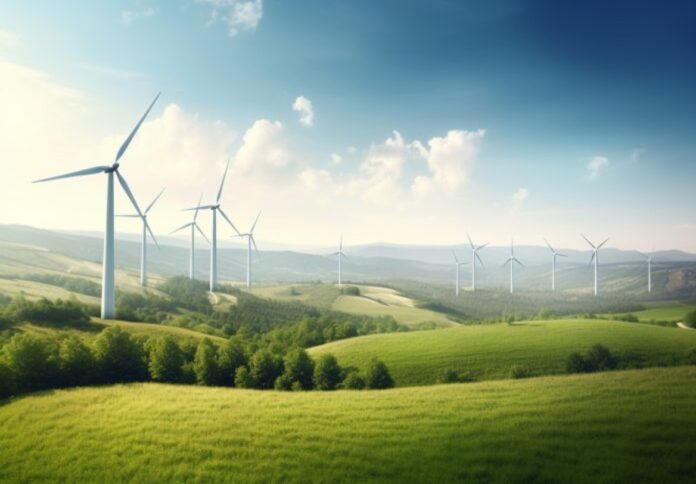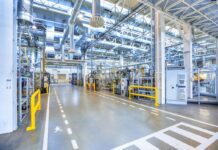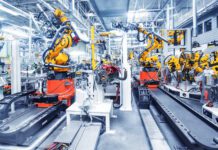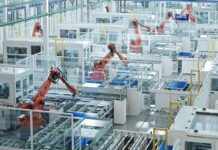
Australia could create over 4,300 quality direct jobs by manufacturing its own wind towers instead of relying on imports, according to new research from the Centre for Future Work.
The report outlines the economic and environmental benefits of developing a domestic wind energy sector, which currently imports all wind towers from overseas, with most coming from China.
The research found that if Australia shifted to local manufacturing, the country could generate:
- 4,350 ongoing jobs in wind tower production, with additional employment opportunities in related industries, especially steel.
- The ability to produce over 800 wind towers per year, contributing to a cumulative value of up to $15 billion over the next 17 years.
- An incremental demand for 700,000 tonnes of Australian-made steel annually, supporting the revitalisation of steel plants through the adoption of carbon-free technologies.
- A reduction of 2.6 million tonnes of CO2 emissions by cutting down on sea shipping of imported wind towers.
The report positions wind energy manufacturing as a key opportunity for the federal government’s Future Made in Australia manufacturing strategy.
It calls on the government, alongside state counterparts, to commission an engineering and financial study into establishing a domestic wind tower manufacturing industry on the east coast.
Professor Phil Toner, Honorary Senior Research Fellow at the University of Sydney and the report’s author, criticised the conventional economic wisdom that suggests Australia should stick to its “comparative advantage” of exporting raw materials.
“If we follow the advice of conventional economists, we will lock Australia into once again being just a supplier of raw resources to other, more technologically sophisticated countries,” Toner said.
“These countries will purchase Australian resources at the going global rate, transform them into innovative and expensive products, and then sell them back to us at premium prices.”
Toner stressed that manufacturing wind power equipment in Australia would help achieve a more balanced industrial structure.
“With all the opportunities of a net-zero global economy, do we really just want to replace traditional mineral exports like coal with new generations of unprocessed minerals like lithium and rare earths?” he asked.
“Manufacturing our own wind power equipment represents an enormous opportunity for Australia to create good quality, well-paid jobs.”
Toner also pointed out that most industrialised nations are heavily investing in the production of equipment needed for the energy transition.
“Australia needs similar policy activism to maximise the industrial, technological, and employment potential of the energy transition,” he said.
Environmental concerns were another key point raised by Toner. “Anyone concerned about the climate should be up in arms at the fact we’re importing huge heavy steel towers from China when we could be producing them here,” he stated.
















